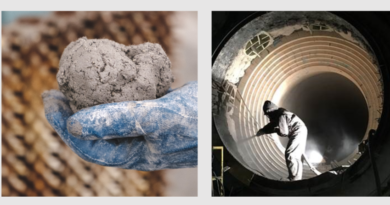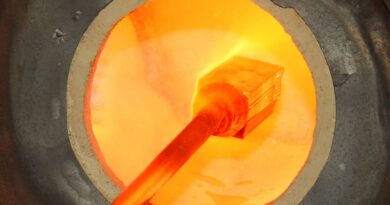Refractories in nutshell
Refractories are inorganic, nonmetallic, porous and heterogeneous materials composed of thermally stable mineral aggregates, a binder phase and additives. They are the materials which are resistant to heat and exposure to different degrees of mechanical stress and strain, thermal stress and strain, corrosion/erosion from solids, liquids and gases, gas diffusion, and mechanical abrasion at various temperatures. In simplified language, refractories are considered to be materials of construction which are able to withstand high temperatures.
The general requirements from the refractories are
- ability to withstand high temperatures and trap heat within a limited area such as a reheating furnace,
- ability to withstand sudden changes of temperature,
- ability to withstand load at service conditions,
- ability to withstand chemical and abrasive action of the materials such as liquid metal, liquid slag, and hot gases etc. coming in contact with the refractories,
- ability to resist contamination of the material such as scale etc. with which it comes into contact,
- ability to maintain sufficient dimensional stability at high temperatures and after/during repeated thermal cycling,
- ability to conserve heat,
- ability to withstand load and abrasive forces, and (ix) to have low coefficient of thermal expansion.
Properties of the refractories can be classified to resist four types of service stresses namely
- chemical,
- mechanical,
- thermal, and
- thermo-technical.




